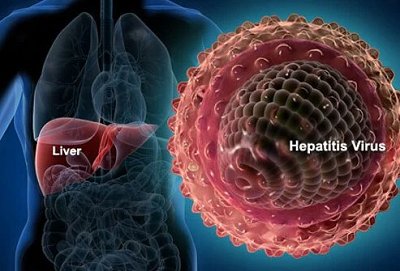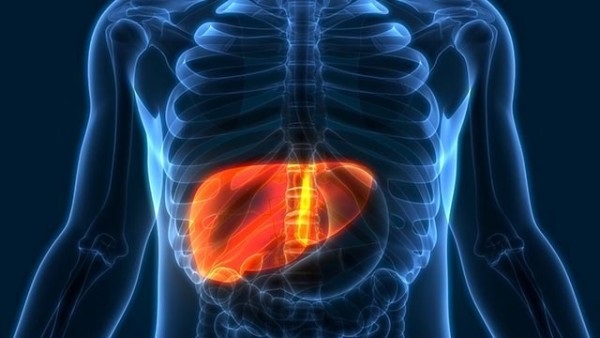Today is World Hepatitis Day and the need to propagate this topic is pertinent.
According to research, a person dies every 30 seconds as a result of Hepatitis related illness and that is why we must encourage and hasten a variety of healthy actions against the virus.
This article aims to enlighten readers on the awareness of Hepatitis, the various types, how to treat it, and the reality of the disease.
Hepatitis according to Healthline is an inflammation of the liver caused by a variety of viral infections and other causes which include autoimmune hepatitis and this is brought on by drugs, alcohol, poisons, and other medications.
There are various types of Hepatitis and can be classified into five main viral categories. A different virus is responsible for each type of viral disease and they include Hepatitis A, B, C, D, and E.
Understanding each category of the disease can only aid one’s way out of avoiding it. Here is what you need to know about each category:
Hepatitis A
This is an infection with the hepatitis A virus (HAV). This kind is an acute, transient illness. It can be caused as a result of exposure to HAV in food or water.
Since the illness is a short-term illness, it may not require treatment but if symptoms cause discomfort, bed rest may be recommended.

Hepatitis B
The hepatitis B virus (HBV) is usually a chronic, persistent problem. According to the Centers for Disease Control and Prevention (CDC), approximately 257 million people are living with chronic HBV worldwide.
Contact with HBV in body fluids, such as blood, vaginal secretions, or semen can cause the ailment.
Just like the A category, there is no specific treatment program for acute hepatitis B. However, you will need to take Trusted Source antiviral drugs if you have chronic HBV. It can be costly and may require several months of treatment.
Did you know hepatitis can lead to cancer? Keep Reading!
Hepatitis C
HCV is one of the most prevalent bloodborne viral diseases and often manifests as a chronic illness. The CDC estimates that 2.4 million Americans Source is coping with a chronic version of this infection right now. The cause is the same as category B.
HCV can be treated with antiviral drugs in both acute and chronic forms. A liver transplant may be an option for those who develop cirrhosis or other forms of liver disease as a result of chronic hepatitis C.

Hepatitis D
This is a rare form of category that only occurs in conjunction with hepatitis B infection, but a person cannot contract HDV without an existing B infection.
A major cause of HDV is contact with blood containing HDV. Pegylated interferon alpha is listed as an HDV treatment in the WHO Source. The adverse effects of this medicine, however, can be very bad. As a result, it is not advised for those who have autoimmune disorders, mental conditions, or liver damage from cirrhosis.
ALSO READ: 5 Healthy Habits For Your Kidney
Hepatitis E
The last category is the E category, which is a waterborne illness brought on by hepatitis E virus exposure (HEV). HEV is often brought on by swallowing feces that contaminate the water supply and is primarily seen in unhygienic places.
Exposure to HEV in food or water is the major cause of this class of diseases. HEV is not currently being treated with any particular medical treatments. The infection frequently disappears on its own since it is so acute.
Doctors will typically advise people with this infection to get adequate rest, drink plenty of fluids, get enough nutrients, and avoid alcohol. However, pregnant women who develop this infection require close monitoring and care.
Having explained these categories, their causes, and treatment, it is important to know the common symptoms of inflammation of the liver.
Common symptoms of infectious hepatitis include:
- Fatigue
- Dark urine
- Pale stool
- Loss of appetite
- abdominal pain
- Flu-like symptoms
- yellow skin and eyes, which may be signs of Jaundice
- unexplained weight loss

Take Away
WHO aims to achieve the elimination of the ailment by 2030. To get there, WHO calls on countries to achieve specific targets:
- Reduce new infections of categories B and C by 90%;
- Reduce hepatitis-related deaths from liver cirrhosis and cancer by 65%;
- Ensure that at least 90% of people with category B and C viruses are diagnosed; and
- At least 80% of those eligible receive appropriate treatment.
At the 2022 World Health Assembly, countries recommitted to eliminating viral hepatitis by 2030. With these measures in place, if successful, the answer to the big question Is A Hepatitis-Free World Possible? will be YES.









